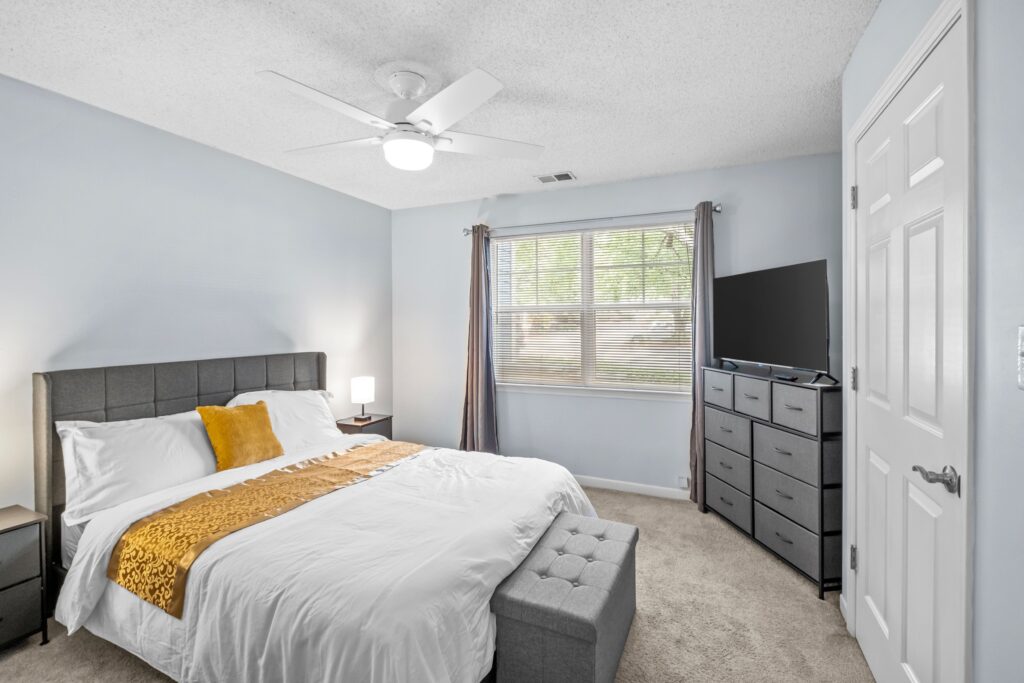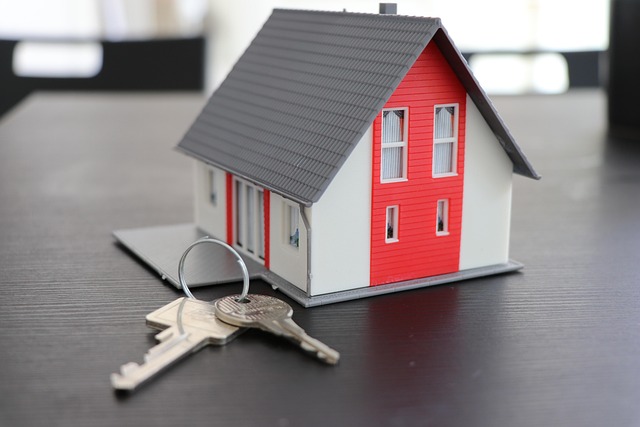When disaster strikes your home, you may suddenly find yourself needing a place to live while repairs are underway. This is where ALE Additional Living Expenses coverage steps in, providing a safety net to keep your life on track during a challenging time. But what exactly is ALE, what does it cover, and how can you make the most of it? Here’s everything you need to know about ALE, temporary housing, and navigating insurance claims confidently.
What Is ALE?
ALE (Additional Living Expenses) is a benefit included in most homeowners and renters insurance policies that helps cover the extra costs of living elsewhere when your home becomes uninhabitable due to a covered event, such as a fire, storm, or water damage.
If your home is damaged and your insurance deems it unsafe to live in while repairs are underway, ALE pays for the increase in living expenses you incur while maintaining your normal standard of living elsewhere. This ensures you don’t face financial strain on top of the stress of losing access to your home.
When does ALE apply?
Additional Living Expenses (ALE) coverage is a part of most homeowners and renters insurance policies that helps cover extra costs incurred when you cannot live in your home due to a covered loss. Below is a detailed explanation of when ALE typically applies:
Your Home Becomes Uninhabitable Due to a Covered Loss
ALE coverage kicks in when your home is uninhabitable due to serious damage covered by your insurance policy. Common examples include:
- Fire or Smoke Damage: A fire that causes significant structural damage or pervasive smoke that makes the home unlivable.
- Windstorm or Hurricane: Damage from high winds, such as those from a hurricane or tornado, that compromises the home’s safety or integrity.
- Water Damage: Non-flood-related water damage (e.g., from a burst pipe) that makes the residence uninhabitable. Note that flood damage typically requires separate flood insurance.
- Other Covered Events: like vandalism, explosions, or falling objects, as outlined in your policy, may also trigger ALE if they make your home unlivable.
For ALE to apply, the damage must be severe enough that you cannot reasonably live in the home during repairs. Minor inconveniences, such as a small leak, may not qualify unless they significantly disrupt your ability to stay in the home.
Local Authorities Issue a Mandatory Evacuation Order
ALE may apply if you’re forced to leave your home due to a mandatory evacuation order issued by local authorities, even if your home hasn’t been directly damaged. This typically occurs when:
- A nearby disaster, such as a wildfire, chemical spill, or hurricane, poses an immediate threat to your safety.
- The evacuation order prohibits you from staying in or returning to your home for a period of time.
- The cause of the evacuation is an event covered by your policy. For example, if a wildfire (a covered peril) prompts the evacuation, ALE may cover expenses like temporary housing, meals, or transportation.
Check your policy, as some may have specific conditions or time limits for evacuation-related ALE claims.
Structural Issues from a Covered Event Make Your Home Unsafe
If a covered peril causes structural damage that makes your home unsafe to occupy, ALE coverage may apply. Examples include:
- Compromised Foundations or Walls: Damage from a covered event (e.g., an earthquake, if covered, or a vehicle crashing into your home) that destabilizes the structure.
- Roof or Ceiling Damage: Severe damage that exposes the interior to the elements or creates a risk of collapse.
- Utility Disruptions: Loss of essential utilities (e.g., electricity, water, or heating) caused by a covered peril, making the home uninhabitable until repairs are completed.
The key is that the structural issue must stem from a covered peril and render the home unsafe or unlivable, as determined by an insurance adjuster or, in some cases, a professional inspector.
What ALE Covers
ALE is designed to help you maintain your normal lifestyle while displaced. Here’s what it typically covers:
Temporary Housing
The biggest portion of ALE often goes toward insurance temporary housing. This includes:
- Hotel stays for short-term needs
- Extended-stay hotels
- Furnished apartment or corporate housing rentals for longer displacement periods

Food and Meals
If you’re staying somewhere without a kitchen or paying higher costs for restaurant meals, ALE may cover the excess food costs beyond your normal grocery spending.
Transportation
If you’re now commuting farther to work or your children’s school due to temporary housing, ALE may reimburse the additional transportation costs.
Laundry
If you need to use laundromats or dry cleaning services due to your temporary living situation, these costs may also be covered under ALE.
Pet Boarding
If your temporary housing doesn’t allow pets, ALE can help cover boarding fees for your pets until you return home.
Other Reasonable Expenses
ALE may also cover storage fees for your belongings or other necessary additional costs that you wouldn’t have incurred if you were still living at home.
What ALE Does Not Cover
While ALE helps ease financial stress, it’s important to know what it does not cover to avoid surprises.
- Mortgage or Rent for the Damaged Home: You must continue paying your mortgage or regular rent on your damaged home; ALE does not replace these costs.
- Luxury Upgrades: ALE covers expenses for maintaining your standard of living, not for upgrading to luxury accommodations.
- Non-Essential Costs: Personal entertainment expenses, high-end dining, or elective purchases are not covered.
The ALE Claims Process
Filing an ALE claim is straightforward if you know the steps:
- Report the Loss Immediately
Contact your insurance company to report the damage and confirm whether ALE applies to your situation. - Get Confirmation of Uninhabitability
Your insurer may send an adjuster to confirm the property is unsafe or unlivable due to a covered event. - Find Temporary Housing
Work with your insurer or a trusted temporary housing provider to secure appropriate lodging. - Track Additional Expenses
Keep detailed receipts for hotel bills, meals, transportation, laundry, and other covered expenses. - Submit Documentation
Regularly submit your receipts and a clear record of your additional costs to your insurance adjuster. - Receive Reimbursement
Your insurer will process your claim and reimburse you for covered additional living expenses.
What Are The Coverage Limits for ALE
ALE coverage is not unlimited. Your policy will outline specific limits on duration and monetary amounts.
- Duration Limits: ALE usually covers you until your home is repaired or until you permanently relocate, within a reasonable timeframe determined by your insurer.
- Monetary Limits: Most policies specify a percentage of your dwelling coverage limit (often 20-30%). For example, if your dwelling coverage is $300,000, your ALE coverage may be $60,000-$90,000.
Always check your policy to understand your specific limits and speak with your adjuster to confirm how long and how much ALE coverage you have.
Types of Temporary Housing ALE Covers
Temporary housing under ALE can vary based on the length of your displacement and your family’s needs:
Furnished Rentals
- Ideal for longer stays (weeks to months)
- Provides a more home-like environment with a kitchen, living space, and laundry facilities
Corporate Housing
- Tailored for extended stays
- Fully furnished with utilities included, often in convenient locations near schools or workplaces
Hotels
- Best for short-term stays (days to a few weeks)
- Offers flexibility and immediate move-in
Choosing furnished rentals or corporate housing for longer displacements can be more comfortable and cost-effective than an extended hotel stay, helping you stretch your ALE budget while maintaining normalcy.
Tips to Maximize ALE Benefits
To get the most out of your ALE coverage, consider these practical tips:
- Read Your Policy
Understand your ALE limits, covered expenses, and exclusions before you need them. - Keep Detailed Receipts
Document all expenses clearly, including meals, transportation, and lodging costs. - Communicate with Your Adjuster
Stay in close contact with your insurance adjuster to clarify what is covered and avoid misunderstandings. - Choose Cost-Effective Options
Consider longer-term furnished rentals or corporate housing if you’re facing an extended displacement to avoid high hotel costs. - Track “Additional” Costs Only
Remember, ALE covers the increase in costs, so track what you typically spend on living expenses and compare it to your current spending. - Plan Ahead
As soon as you know you’ll need temporary housing, start exploring your options to avoid overspending or last-minute issues.
Common Mistakes to Avoid With ALE Coverage
Many homeowners and renters unintentionally lose out on ALE benefits by making these mistakes:
- Not Reading Your Policy
Failing to understand your ALE limits and covered expenses can lead to out-of-pocket costs you thought would be covered. - Overspending
Choosing expensive accommodations or luxury upgrades that exceed your reasonable standard of living may result in partial reimbursement or denial. - Waiting Too Long to Seek Temporary Housing
Delaying your move to temporary housing can leave you without suitable options, especially during peak disaster periods when local hotels or rentals may fill up quickly.
Avoid these pitfalls by staying proactive and informed throughout your ALE claim process.
Conclusion
ALE Additional Living Expenses coverage can be a lifeline when your home becomes uninhabitable, providing you with temporary housing, food, transportation, and essential support while your home is being repaired. By understanding what ALE covers, what it does not, and how to file claims effectively, you can reduce stress and maintain your lifestyle during a challenging time.
If you’re currently facing displacement and need trusted insurance temporary housing, we are here to help. Our team specializes in furnished and corporate temporary housing options that align with your insurance requirements, providing a seamless transition while you wait for your home repairs to complete.
Don’t wait until the last minute to find the right temporary housing for your family. Contact us today to learn how we can assist you in maximizing your ALE benefits while ensuring your comfort during the recovery process.

